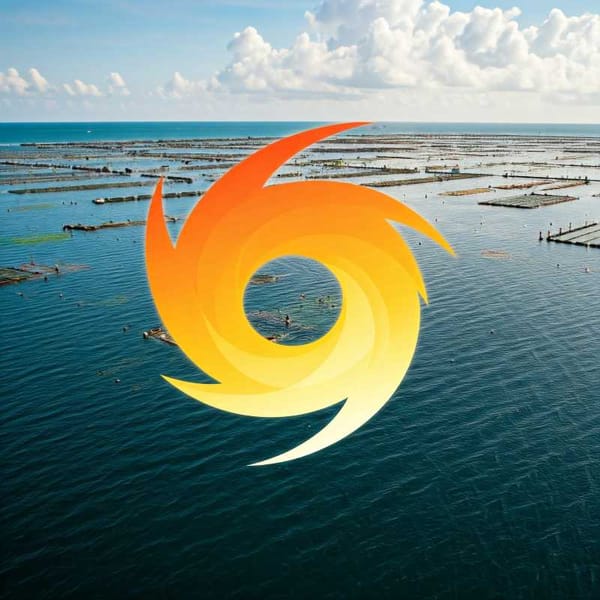Mexico's Economic Landscape Paints Growth, Grit, and Gender Equity
Mexico's economy thrives: Inflation eases, foreign investments soar, and steady growth persists. Challenges addressed, gender disparities and energy infrastructure, as the nation aims for a competitive future.

Mexico's economic journey in the first half of 2023 has been a tale of resilience and transformation, as key indicators point towards a dynamic and competitive economy. From inflation trends to foreign investments and growth figures, the Mexican business landscape is painting an optimistic picture for the future.
Inflation Maintains Downward Trajectory with Slight Uptick
Inflation, a crucial economic barometer, continued its downward path in Mexico during the first fortnight of August, with an annual rate of 4.67%. However, the period also saw a modest uptick of 0.32% in prices compared to the previous fortnight – the steepest rise since January of the same year. This juxtaposition signifies the complexity of price dynamics and will be closely monitored by investors and policymakers alike.




